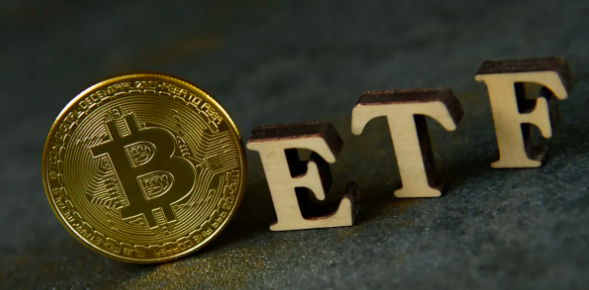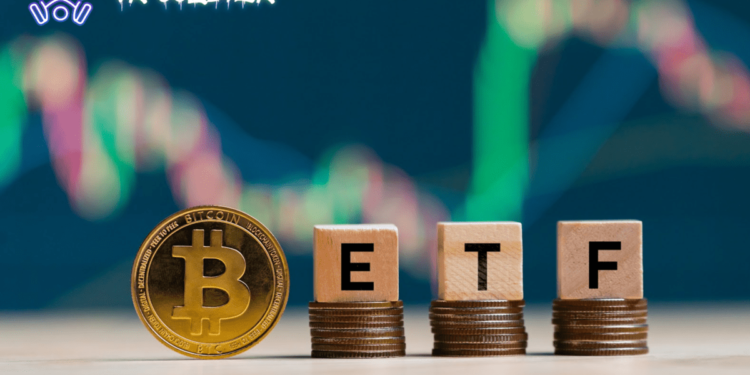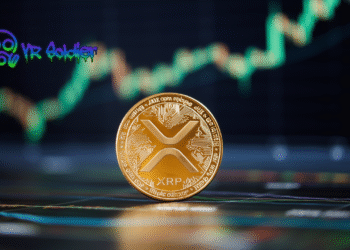In January, spot Bitcoin ETFs failed to meet investors’ expectations. Many expected that against the backdrop of the launch of trading in the instrument in the United States on January 11, BTC, and after it, the entire market, would rise. However, with the advent of spot BTC-ETFs in America, BTC, on the contrary, showed negative dynamics. The situation, as predicted by experts of The VR Soldier, began to improve in February amid a decrease in the outflow of assets from the GBTC BTC fund. We tell you how the spot Bitcoin ETF market has changed a month after the launch of trading.
Spot Bitcoin ETF Market after a Month
At the beginning of the working week, the trading volume of spot Bitcoin ETFs returned to the levels of the second week – $2.2 billion. During the last five working days, the figure has been steadily growing.

Here’s what you should pay attention to:
Blackrock’s IBIT trading volume returned to the level of the first day of the launch of spot BTC-ETF trading in the US – $1 billion.
Grayscale’s GBTC trading volume dropped from $2.29 billion to $474 million between the first day and February 12. A slower rate of asset outflows from the fund could support BTC’s growth.
Fidelity’s third-largest spot Bitcoin ETF by trading volume, FBTC, is also declining. If, on the first day, the trading volume of the instrument was $687 million, then by February 12, it went down to $482 million.
The trend towards growth in the share of IBIT and FBTC continues. At the same time, the share of GBTC is decreasing. The market share of other spot Bitcoin ETFs remained virtually unchanged. Meanwhile, Bloomberg analyst Eric Balchunas noted that IBIT ranked fourth in the ETF market in terms of asset inflows since the beginning of the year, and FBTC ranked seventh.
The volume of bitcoins under the control of ETF issuers also continues to grow!
The share of spot Bitcoin ETFs in the market of exchange-traded Bitcoin funds remains around 80%. The maximum – 86.75% – was recorded on January 19, 2024, the minimum – 69.48% – on the first day of trading.
Conclusion
Despite the significant outflow of funds from GBTC, the fund is still among the top three. At the same time, it is gradually losing ground to IBIT and FBTC. A significant influx of assets into spot Bitcoin ETFs indicates investor interest in the instrument.
Issuers are increasing the volume of BTC. The growing interest in spot Bitcoin ETFs, as well as the upcoming supply shock against the backdrop of the 2024 halving, may support the growth of the cryptocurrency rate due to the formation of a shortage of coins in the market.












